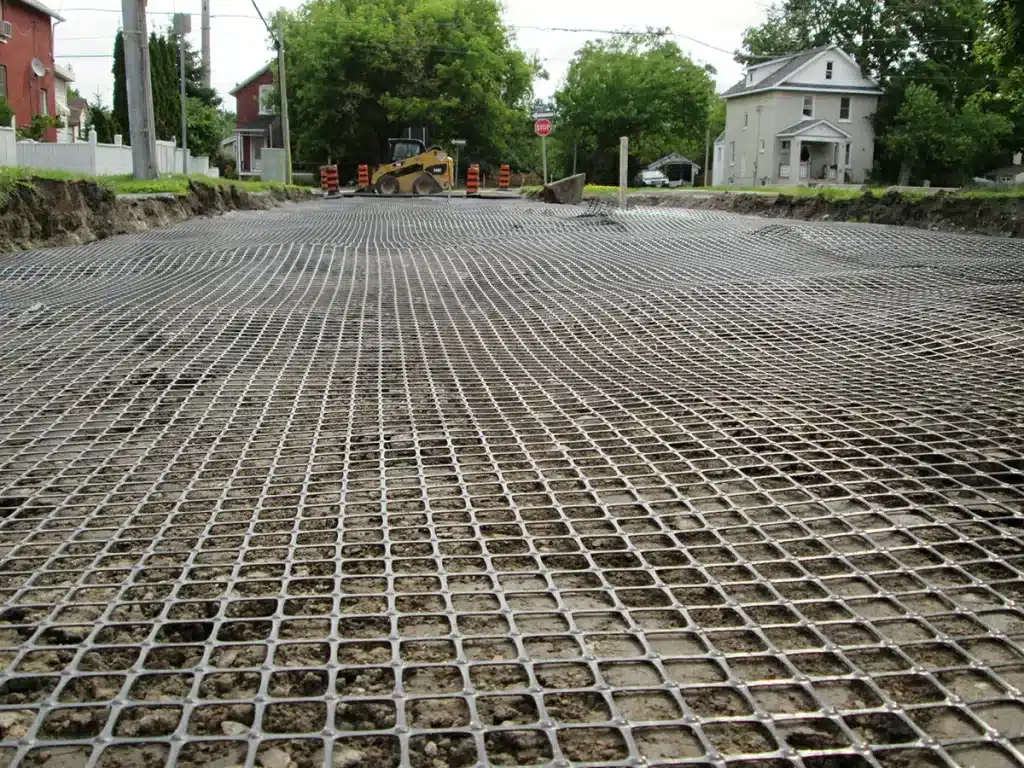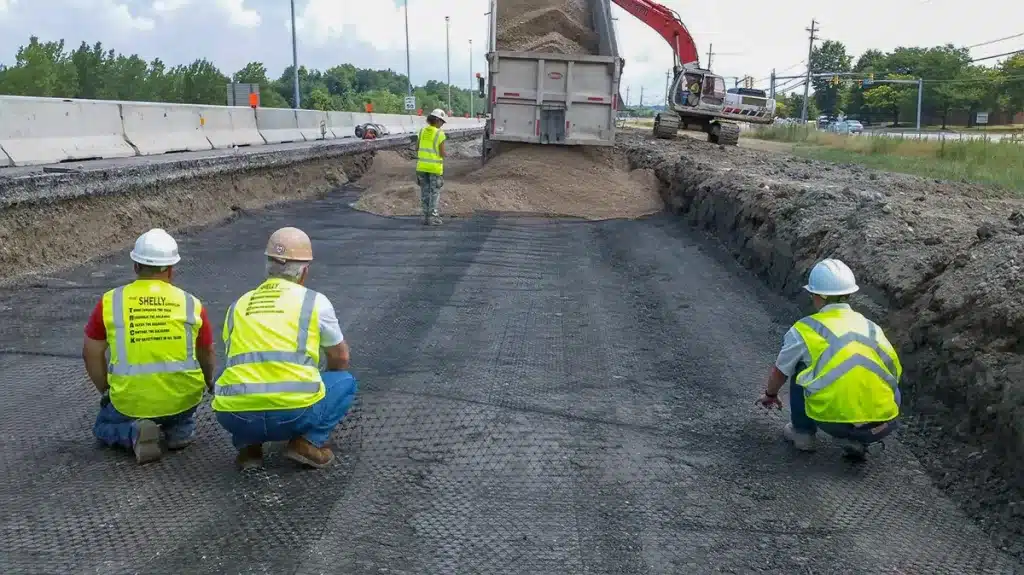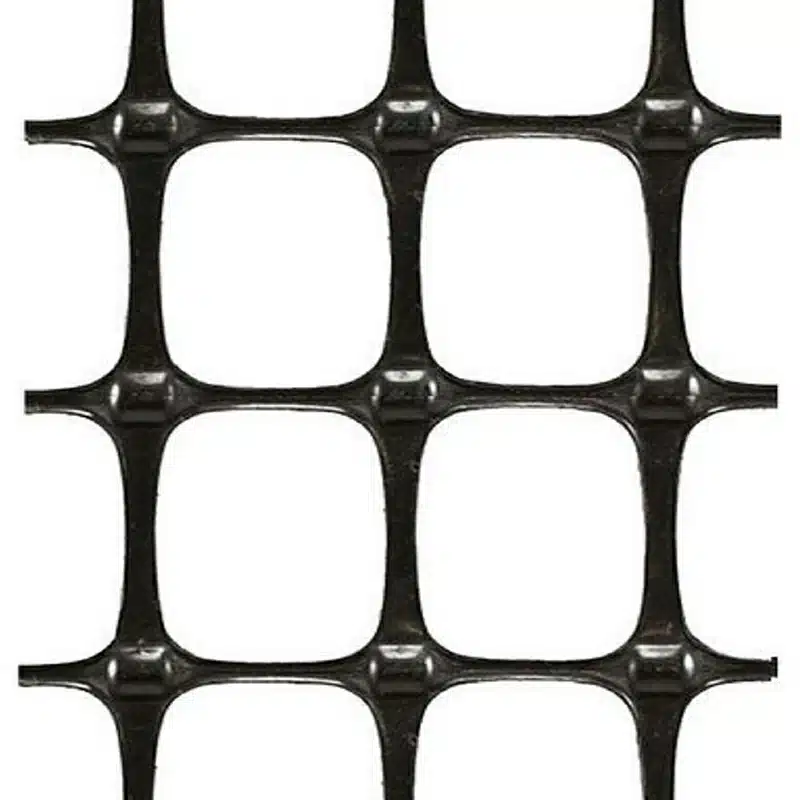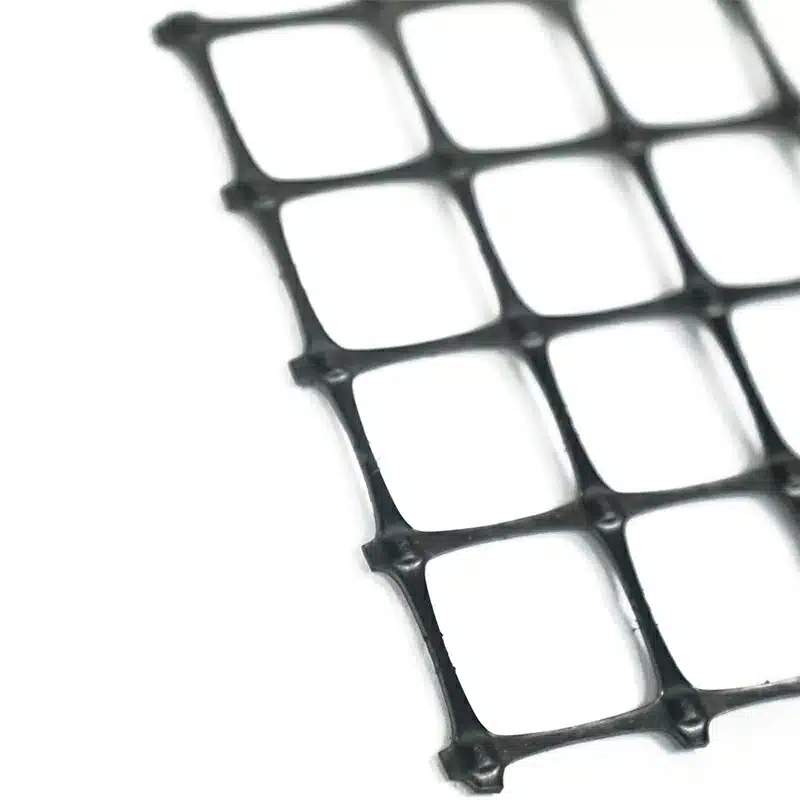+86-159 9860 6917
info@geofantex.com
geofantex@gmail.com
+86-400-8266163-44899
Geogrid testing plays a pivotal role in civil engineering and construction projects, ensuring the reliability and effectiveness of geogrid materials. In this article, we will delve into the world of geogrid testing, exploring its methods, standards, and its fundamental purpose. Discover how geogrid testing ensures the stability and durability of infrastructure projects.

How do you test a geogrid?
Testing a geogrid involves several steps, including:
- Tensile Strength Testing: Determine the geogrid’s tensile strength, which measures its ability to withstand forces along its length and width.
- Aperture Size Measurement: Measure the size of the openings in the geogrid, which affects its filtration and separation capabilities.
- Junction Strength Testing: Assess the strength of the junctions or interlocking points within the geogrid.
- Creep and Relaxation Testing: Evaluate the geogrid’s long-term performance under sustained loads.
- Durability Testing: Examine the geogrid’s resistance to environmental factors like UV radiation and chemical exposure.
What is the standard for geogrid testing?
The standard for geogrid testing varies depending on the type of geogrid and its intended application. However, some widely recognized standards include:
- ASTM D6637: Standard Test Method for Determining Tensile Properties of Geogrids by the Single or Multi-Rib Tensile Method.
- ASTM D4595: Standard Test Method for Tensile Properties of Geotextiles by the Wide-Width Strip Method.
- ISO 10319: Geosynthetics – Wide-Width Tensile Test.
These standards provide detailed instructions on how to perform various geogrid tests and interpret the results.

What is the purpose of geogrid?
Geogrids serve as a key element in civil engineering and construction projects, primarily aimed at enhancing project performance and durability. Their key roles include:
- Soil Stability: Geogrids reinforce the soil, preventing erosion, and boosting its load-bearing capacity.
- Pavement Improvement: In road construction, geogrids are frequently used to minimize cracks and extend pavement lifespan.
- Support for Retaining Structures: They offer structural support to retaining walls, slopes, and embankments.
- Foundation Strengthening: Geogrids distribute loads and decrease settling in building foundations.
Overall, geogrids play a crucial role in creating a stable and robust mass behind retaining walls by soil stabilization.
What is the methodology of Geogrid?
Geogrid methodology follows a structured testing process, including:
- Sample Preparation: Geogrid samples are cut to match testing standards, accurately representing the material’s features. These samples are formed by a regular network of tensile elements with apertures of sufficient size to interlock with surrounding fill material.
- Specimen Testing: Specialized equipment is used to conduct tests like tensile strength, aperture size, and junction strength.
- Data Analysis: Test data is recorded and analyzed, comparing it against industry standards and project requirements.
- Interpretation: Conclusions about the geogrid’s suitability for its intended use are drawn based on test results, taking into account its formation by a regular network of tensile elements with apertures of sufficient size to interlock with surrounding fill material.
In conclusion, geogrid testing is a critical step in ensuring the reliability and performance of geogrid materials in construction and civil engineering projects. By adhering to industry standards and following a systematic testing methodology, engineers and construction professionals can make informed decisions about the use of geogrids in their projects, ultimately contributing to the safety and durability of infrastructure.



Get Free Sample
We’ll respond as soon as possible(within 12 hours)





















